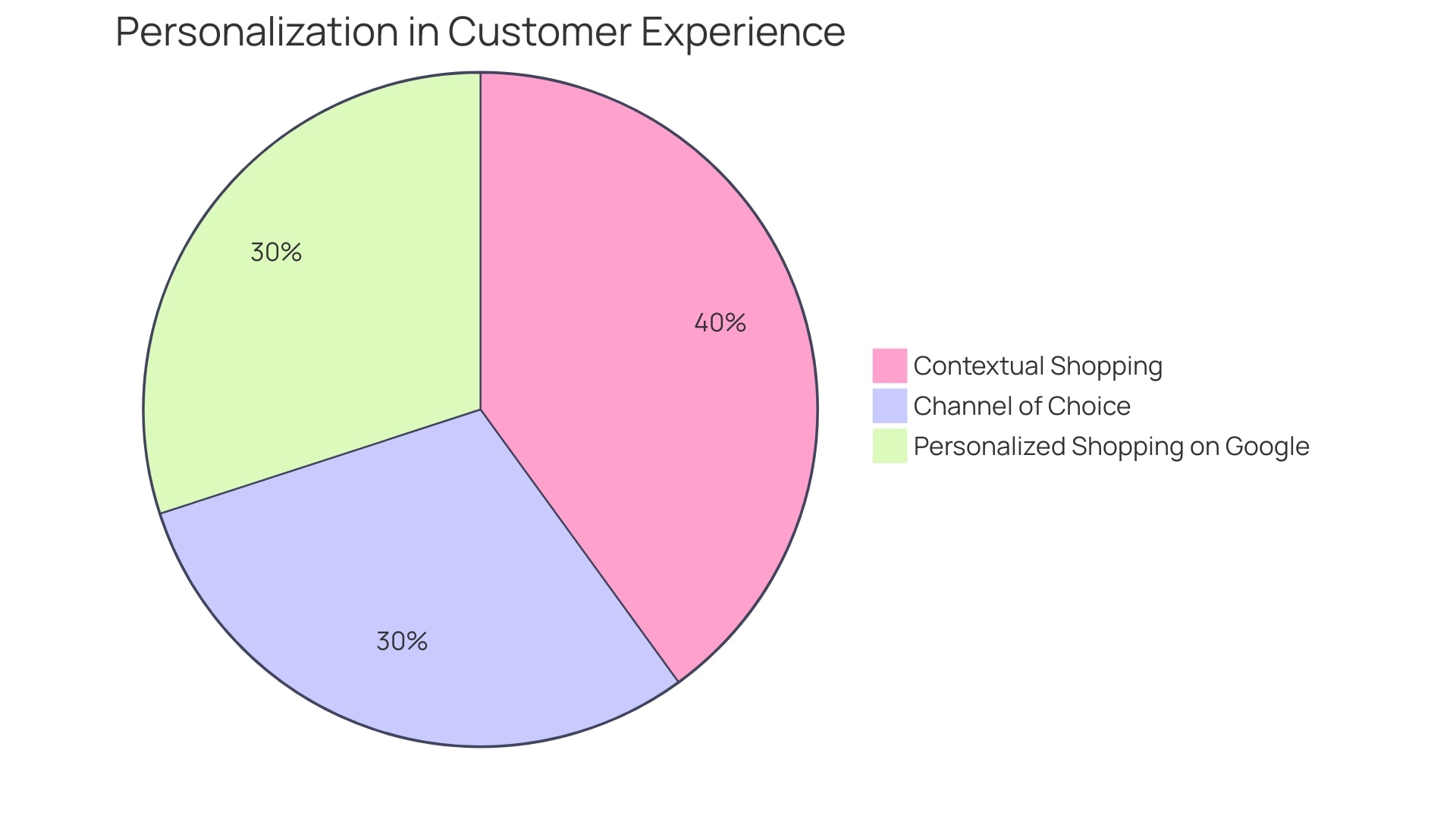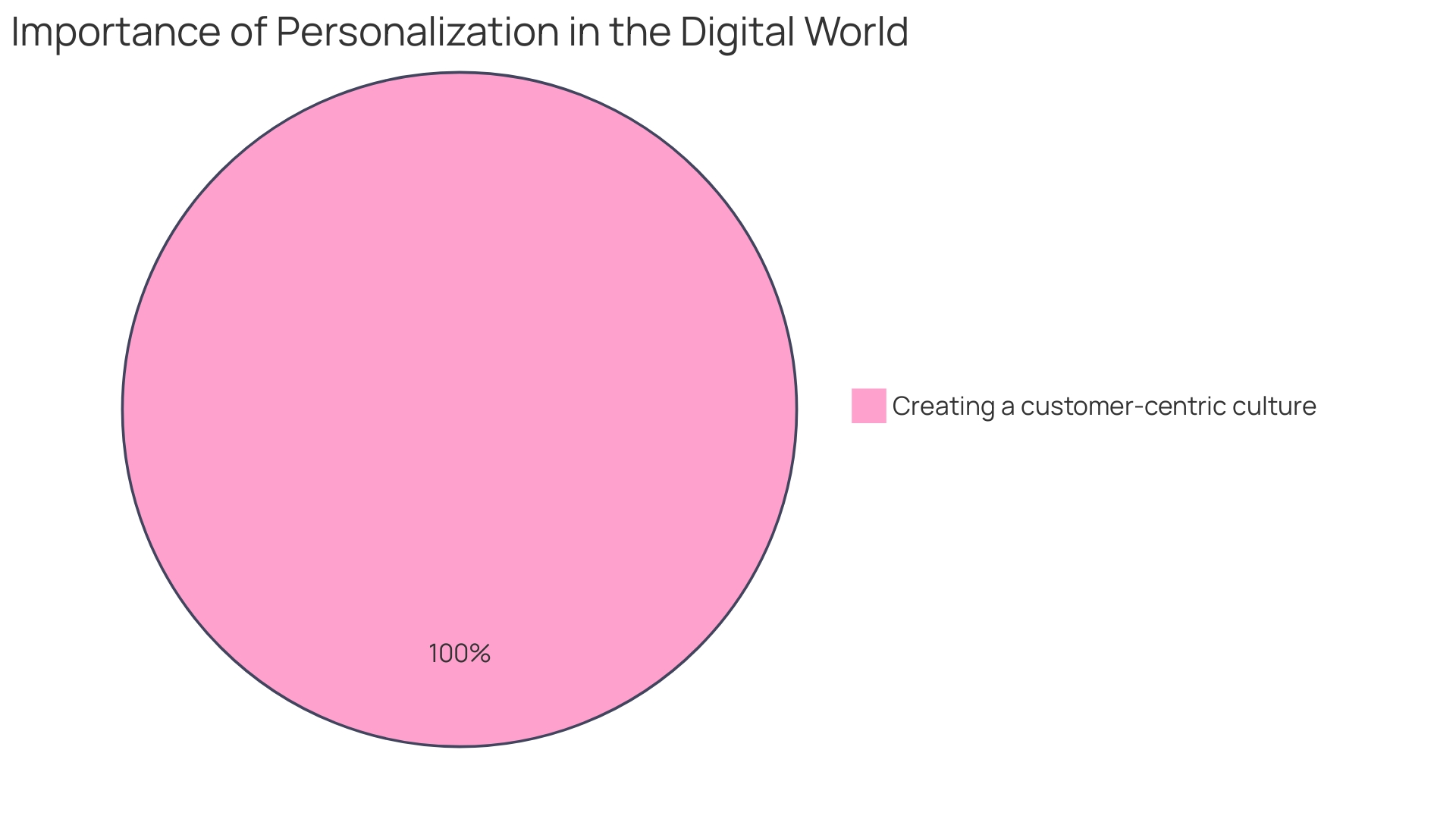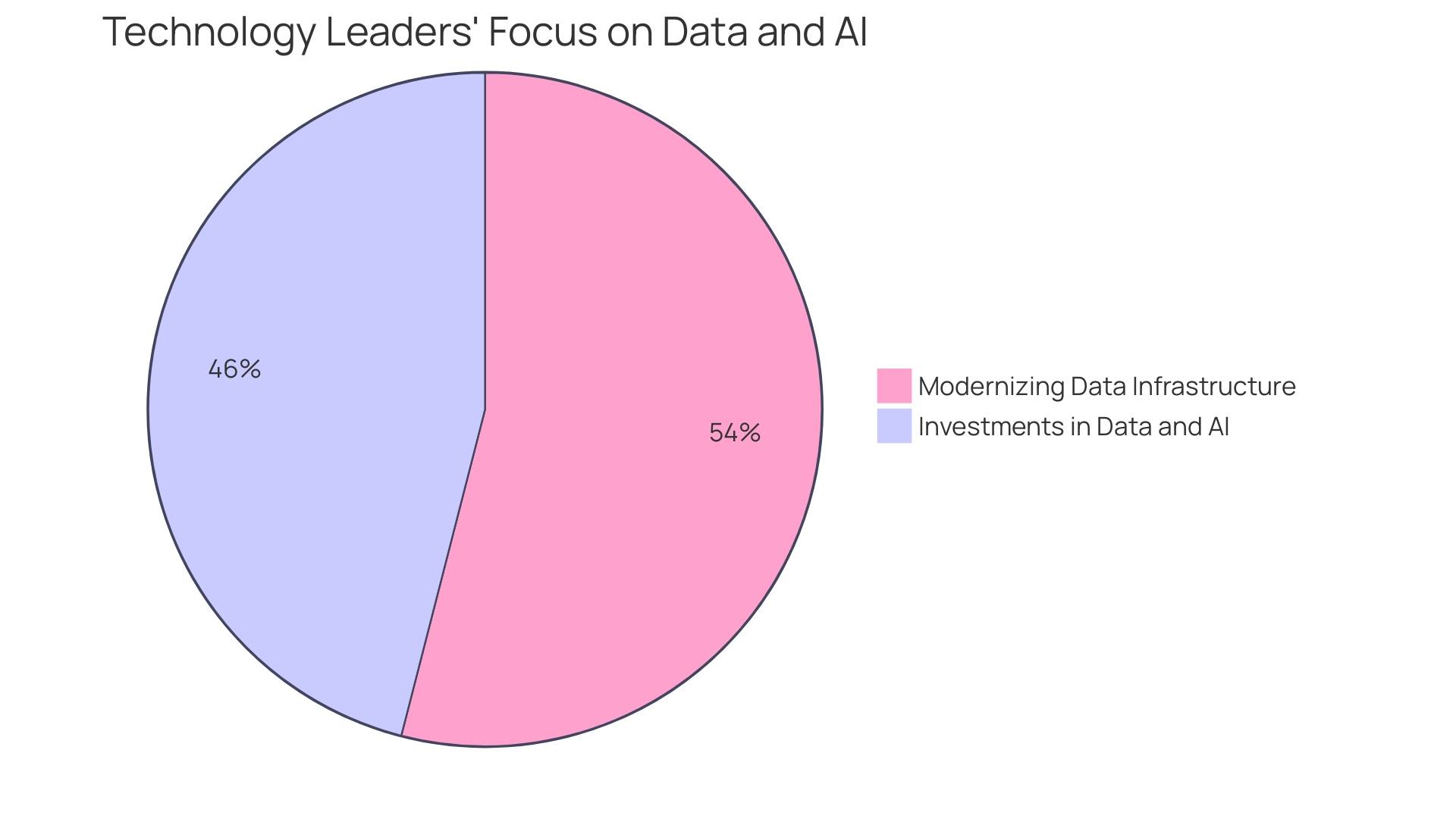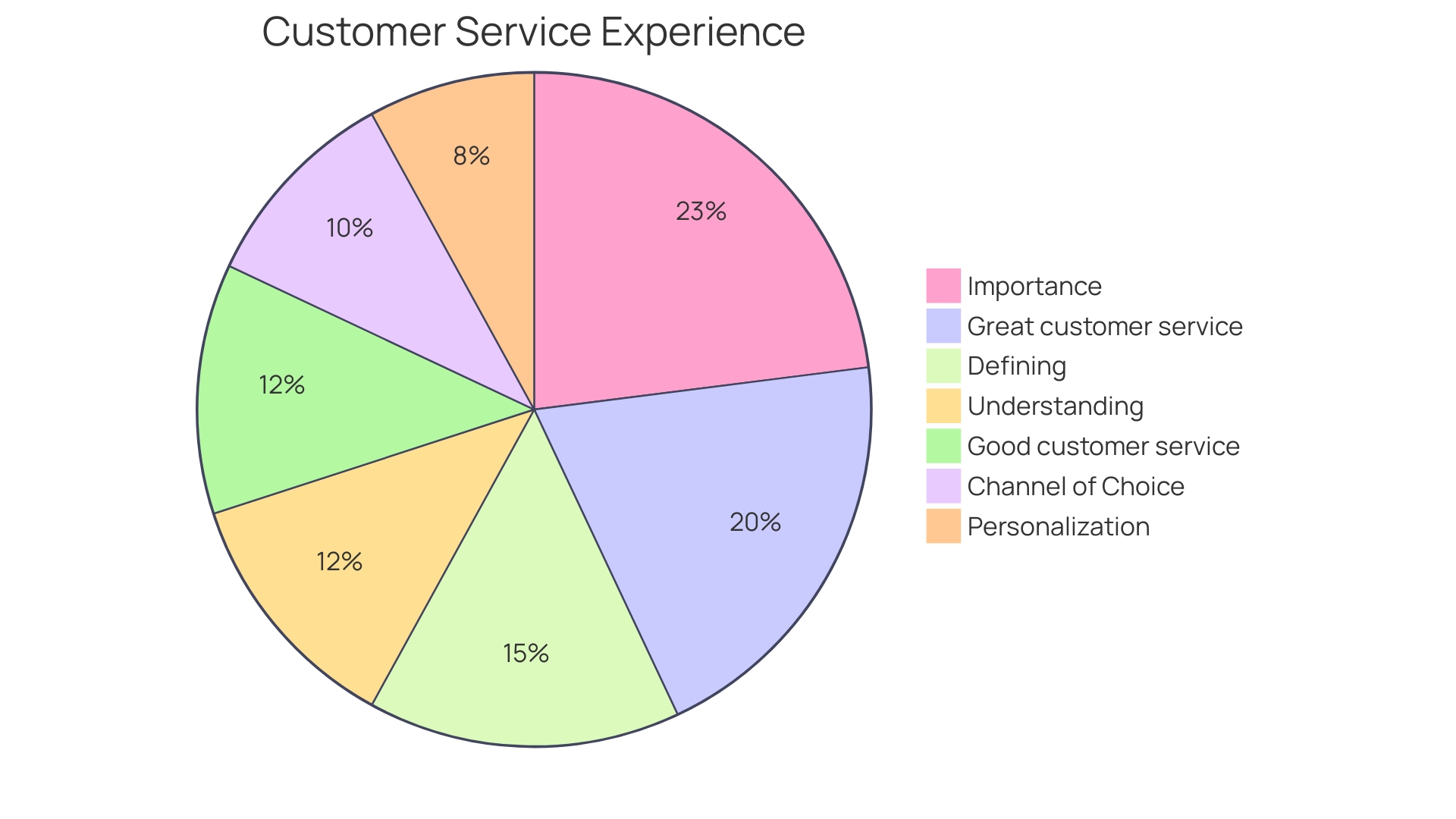Introduction
Personalization and customization are two key strategies that shape the e-commerce landscape, offering tailored experiences to customers and fostering a deeper connection between brands and their audience. Personalization leverages customer data and insights to present customized recommendations and targeted content, while customization empowers consumers to tailor their purchases to their specific needs. In this article, we will explore the key differences between personalization and customization, the benefits they bring to e-commerce businesses, and examples of how they are implemented.
We will also discuss the challenges and considerations that arise when implementing these strategies. By understanding the nuances of personalization and customization, businesses can enhance customer satisfaction, drive sales, and set themselves apart in today's competitive digital marketplace.
Defining E-commerce Personalization
Personalization in the e-commerce landscape is like having a knowledgeable shop assistant; it's the art of creating a shopping experience that feels custom-made for each individual. This dynamic approach leverages user data and insights to present customized recommendations, finely tuned product suggestions, and targeted content that resonate with individual preferences and needs. It's a strategy that not only drives sales but also fosters a sense of value and appreciation among shoppers. By carefully selecting items, operators can include popular, seasonal, or thematic products, providing a more hands-on and thoughtful assortment to clients. The significance of customization is underscored by its ability to transform the shopping journey into an engaging, seamless interaction, effectively reducing cart abandonment and elevating client satisfaction. As online shopping continues to develop, propelled by creative startups and changing consumer behaviors, the incorporation of customization techniques becomes not only beneficial, but necessary for the expansion of businesses through digital, physical, and combined channels. Essentially, personalization is the epitome of placing the customer at the core of every interaction, guaranteeing that every digital trace contributes to a distinct and unforgettable shopping encounter.
Defining E-commerce Customization
In the realm of e-commerce, customization is a significant trend that empowers consumers with the ability to tailor their purchases. This personal touch can range from selecting specific colors and sizes to choosing materials and adding unique details such as engravings or monograms. It's an approach that resonates with the modern shopper's desire for products that reflect their individuality and meet their precise needs.
As the digital landscape evolves, artificial intelligence (AI) is transforming how businesses provide these customized interactions. By utilizing AI, companies are now able to forecast consumer preferences and propose modifications that are in line with their previous actions and potential wishes, generating a shopping journey that feels distinctly individual.
This drive towards personalization is not only about appearance or innovation; it's based on improving the user journey (UX) to make online shopping platforms more user-friendly and adaptable to individual preferences. Tailored UX design ensures that every interaction with a website is aligned with what individuals find appealing and useful, thereby fostering a deeper connection between the brand and its audience.
The future of online retail is clearly heading towards a more personalized path, where the generic model is substituted by an approach that appreciates individual consumer preferences and molds the shopping journey to be as distinct as the individual itself.
Key Differences Between Personalization and Customization
Comprehending the difference between personalization and customization in e-commerce is vital to improving client satisfaction. Personalization operates on the premise that individuals desire a shopping experience that feels uniquely tailored to them. This involves using client data, behaviors, and preferences, often with the assistance of advanced algorithms, to present products, services, and content that align with individual client profiles. A study by McKinsey highlights the importance of personalization in business growth, suggesting that US companies could unlock $1 trillion in value by focusing more on personalized offerings with 75% of business leaders acknowledging its pivotal role in success.
Personalization, conversely, empowers individuals directly, giving them the ability to make particular selections and adjustments to their shopping journey. For example, think about the innovative checkout-free store in Dublin Airport, powered by Zippin technology, which demonstrates customization by enabling individuals to choose and buy items without the traditional checkout procedure, providing a smooth and personalized shopping experience.
The conversation on personalization is increasingly prevalent, as Elizabeth Tobey from NICE pointed out in an interview on Amazing Business Radio. She highlighted the necessity to interact with individuals on their preferred channels, considering that modern-day consumers carry the equivalent of computers in their pockets. Air India's quest to enhance client satisfaction by targeting a 30% market share within five years also emphasizes the requirement for consistent and tailored client interactions across different touchpoints.
Hence, e-commerce enterprises flourish by acknowledging and applying both customization and tailoring tactics to fulfill and surpass client anticipations in a fiercely competitive digital market.
Implicit vs. Explicit: Personalization and Customization Approaches
E-commerce is quickly progressing with the rise of sophisticated customization technologies, which utilize implied data such as browsing history, purchase habits, and demographic details to customize the shopping process. This is in response to a growing demand from customers who expect a seamless and personalized retail journey. As companies invest in these technologies, statistics indicate a definite requirement for customization with 81% of consumers regarding the shopping journey as important as the product or service provided. Despite the technological advancements, many consumers (35%) feel that businesses still fall short of personalization expectations, often receiving irrelevant communications from retailers.
On the other hand, personalization enables customers to give specific inputs, thereby enabling them to play a more active part in defining their own encounters. This participatory approach aligns with the current trends in e-commerce, where businesses and consumers alike seek a more personalized touch. The retail landscape is being transformed by the integration of systems like CRM and inventory control into all-in-one platforms, allowing businesses to provide more cohesive and personalized offerings.
The pursuit of personalization and customization isn't just about technology; it's about cultivating a customer-centric culture. Every interaction and process needs to be optimized to enhance the client experience. This approach is vital for brand loyalty as customers gravitate towards brands that understand their wants and needs, sometimes even before they do themselves. Such a tailored experience, backed by both customization and individualization, is becoming the foundation of a successful online business approach.

Benefits of E-commerce Personalization
Utilizing the potential of online retail customization revolutionizes the digital shopping environment, providing a mutually beneficial situation for both sellers and buyers. For instance, consider the approach of Spotify, which dedicates a significant portion of its homepage to playlists curated by both its staff and algorithms. These thoughtfully compiled playlists, which are personalized based on user listening history, engage nearly a third of Spotify's listening time, with half of that devoted to algorithmic selections. This demonstrates the profound impact of personalization on user engagement and satisfaction.
Similarly, a pioneering project by Bamboo's growth insights service for Filson exemplifies how customization can revolutionize business forecasting. By creating a flexible model that considers factors like customer lifetime value and advertising investments, Filson accurately forecasted their online sales, achieving nearly 99.6% of actual sales in one month during the critical 2023 Holiday Season. Such precise forecasting is invaluable for e-commerce operations, enabling more strategic planning and resource allocation.
Furthermore, customization is not limited to online interactions. The recent launch of Dublin Town To Go, Ireland's first checkout-free store at Dublin Airport, demonstrates how customization and technology can combine to improve the physical retail encounter. By utilizing Zippin technology, the store provides a seamless shopping experience by monitoring purchases through cameras and weight-sensor shelving, charging individuals automatically as they leave.
The core of personalization lies in establishing authentic connections by anticipating and catering to client needs, preferences, and behaviors. This is accomplished by using tools available to most businesses, such as browser cookies for tracking and segmenting email lists for more relevant engagement. Such strategies make every interaction feel personalized, building a culture that places the client at every turn. By doing this, businesses not only improve the client's satisfaction but also distinguish themselves in a competitive marketplace.

Benefits of E-commerce Customization
E-commerce customization transcends beyond just offering products; it's about creating an emotional connection through a tailored experience. When individuals can personalize their purchases, they're not just purchasing an item—they're crafting something that resonates with their identity and preferences. This degree of customization isn't simply a marketing tactic; it's a means to improve customer satisfaction and loyalty.
For instance, the success of Gothrider Coffee, which emerged from a unique blend crafted after its founder, Phil Kyprianou, recognized the need for distinctiveness in the coffee market. By offering product bundles, Gothrider Coffee provides a personalized experience that caters to the edgy, rebellious coffee aficionado, setting the brand apart in a saturated market.
Similarly, the effectiveness of personalization is apparent in the business strategies of companies like Filson, which used a customizable forecasting model to accurately predict sales—achieving a remarkable 99.6% alignment with actual sales for a month. This precision underscores the significance of comprehending and catering to client preferences.
Furthermore, the present online business scenario highlights the need for a 'phygital' approach that combines physical and digital channels, satisfying the contemporary consumer's requirement for prompt and customized service. The insight shared by Keith Kirkpatrick, research director at The Futurum Group, illustrates this trend, emphasizing efficiency and customer-centricity.
As we explore the e-commerce trends of 2024, customization through AI and other technological advancements will persistently transform the shopping journey, rendering it more pertinent and captivating for every shopper. With businesses aiming to establish a culture that gives utmost importance to the client at every opportunity, the emphasis is moving towards providing a shopping encounter that feels as comfortable and instinctive as your local café knowing your usual request in advance.
Examples of Personalization in E-commerce
E-commerce customization is similar to the feeling of having a favorite barista who recalls your order; it's that individualized touch that makes the customer feel special and appreciated. As we dive deeper into this concept, we find that savvy online retailers are enhancing their platforms with customized experiences. From operator-curated collections that feature seasonal items or themes, to algorithm-powered recommendations that reflect a user's browsing and purchase history, the aim is to simplify navigation through vast product inventories. Such personalization is crucial as it not only fosters increased engagement but also drives sales by reducing cart abandonment rates.
Reflecting on the success stories like Spotify, where personalized playlists contribute to a significant portion of user engagement, we can draw parallels to e-commerce. By implementing comparable approaches, online retailers can direct individuals through their extensive catalogs with ease, guaranteeing that their shopping journey is as seamless as a checkout-free encounter at Dublin's innovative Zippin-powered store. This store embodies the future of retail by seamlessly integrating technology to cater to customers' needs without any friction.
The advantages of customization are evident and measurable. According to a McKinsey report, US businesses could unlock a value of nearly $1 trillion by investing more in customization strategies. With 75% of business leaders agreeing that customization is essential for success, it's clear that this is not just a fad but a crucial element of modern retail. In fact, companies that leverage personalization report higher levels of consumer satisfaction compared to those who don't. Personalization is about creating a culture centered around the individual, where every decision and interaction is intended to improve the experience. Brands that succeed in comprehending and foretelling their clients' needs not only cultivate loyalty but also set themselves apart in today’s competitive digital landscape.
Examples of Customization in E-commerce
Tailoring and individualization in online business are shaping the future of internet shopping across different sectors. In the fashion sector, consumers now have the power to tailor their wardrobe by selecting preferred colors, sizes, and even adding unique embroideries to their garments. The tech industry also embraces this trend, providing individuals the choice to customize the hardware of their devices, or to add a personal touch with engravings.
One notable example is Filson's collaboration with Bamboo's growth insights service, which resulted in a customizable forecasting model that significantly impacted their e-commerce sales predictions for the 2023 Holiday Season. The model, which includes factors such as lifetime value and advertising investments, was able to forecast monthly sales with nearly perfect accuracy, predicting one month at 99.6% of the actual.
As part of their effort to improve the shopping experience, Zelig has implemented technology that enables individuals to preview how garments will appear on them prior to buying. This innovative tool lets shoppers upload a photo or choose from a model library to see how individual items will appear, as well as mix and match various pieces, further personalizing their shopping journey.
These advancements highlight the significance of customization in e-commerce, as stressed by industry experts. Personalization begins with grasping the individual, a sentiment echoed by the quote, 'It can be worth investing in data collection and analysis tools to gain insights into consumer behavior, preferences, and needs.' Furthermore, customization is not only a privilege but a vital element for business expansion, improving user satisfaction and meeting the shopper's need for customized purchasing encounters.
Implementing Personalization and Customization Strategies
To tap into the complete capability of customization in online commerce, it's crucial for businesses to delve into data collection and analysis of clients. By utilizing advanced machine learning algorithms, companies can create personalized experiences that connect with individuals. Adopting personalization tools and platforms can further refine this process, ensuring that each shopper feels uniquely catered to. Conversely, customization strategies demand a different approach; they necessitate that businesses afford their customers flexible options and an intuitive interface for tailoring products or services to their specific needs. Moreover, achieving a seamless integration between customization options and the backend processes of manufacturing and fulfillment is vital for a smooth operation.
For example, a company such as Nets, with its extensive background in digital payment solutions, has demonstrated commitment to developing customized solutions that meet different client needs. By transforming complex technical data into engaging, user-friendly formats, they exemplify the kind of innovation required to inspire user discovery and interaction—crucial components of effective customization.
In today's market, a customized user interaction (UX) on websites is not just a luxury but a necessity for businesses to thrive. Customization, as emphasized by the growing trend of personalized shopping, should be a driving factor in website design and development. Practical applications of this involve implementing relevant filtering features and utilizing cookies to offer suggestions, thereby providing shoppers with a personalized browsing encounter that aligns with their preferences and behaviors.
As for customization, the need for a unique online presence is paramount. A professional eCommerce website development company can create a customized website that distinguishes itself, fulfilling the requirements of clients more skillfully than rivals. A seamless checkout process, a critical aspect of the eCommerce experience, can be significantly enhanced through customization.
Modern businesses are future-proofing themselves by adopting technologies like artificial intelligence (AI) and advanced analytics, which rely heavily on data. A clearly defined data strategy is crucial for leveraging such technologies, as evidenced by a McKinsey survey revealing that one-third of respondents are already using generative AI regularly. The most successful organizations comprehend that data is not only an asset but the foundation of innovation and customer-centricity, which is essential to customization and tailoring efforts.

Challenges and Considerations in Personalization and Customization
In the ever-changing realm of online business, comprehending the intricacies of tailoring and individualization is crucial for unleashing client contentment and allegiance. Studies conducted by Medallia, Inc. underscore the notable influence customized interactions bear on overall client satisfaction, with a distinct connection: greater degrees of customization result in elevated contentment ratings. This highlights the importance of customized encounters, as 61% of customers are willing to invest more with companies that offer such offerings. Yet, the challenge remains in achieving this delicate balance. Only a quarter of individuals encounter high levels of personalization, signaling a gap between consumer expectations and the current retail landscape.
To tackle this, businesses need to navigate the intricacies of data management, ensuring the privacy and security of individuals while utilizing demographic data to create tailored encounters. The pitfalls of 'infobesity' or information overload, can hinder marketing teams, suggesting the need for a focused approach to data utilization. Moreover, customization demands careful integration into manufacturing and fulfillment processes, avoiding an overwhelming array of choices that could paralyze rather than empower the consumer. As hyper-personalization emerges, described as 'personalization on steroids', the utilization of AI and other technologies can refine the user journey, shaping experiences that resonate deeply with individual preferences. However, this must be balanced with the human touch, such as store associates providing recommendations, which requires knowledge and consent to be effective. Ultimately, brands that successfully personalize and customize, leveraging data and technology judiciously, stand to reap the benefits of heightened customer satisfaction and increased revenue potential.

Conclusion
In conclusion, personalization and customization are crucial strategies in e-commerce that enhance the customer experience and drive business growth. Personalization utilizes customer data to provide tailored recommendations, while customization empowers customers to personalize their purchases.
Implementing both strategies is essential to meet customer expectations in the competitive digital marketplace. By understanding the differences between personalization and customization, businesses can enhance customer satisfaction, drive sales, and foster a deeper connection with their audience.
Personalization increases user engagement and satisfaction, as seen in platforms like Spotify. Customization allows customers to create a unique experience that reflects their preferences and identity.
However, implementing these strategies comes with challenges. Businesses must navigate data management to ensure privacy and utilize demographic data effectively. The integration of customization options requires careful execution to avoid overwhelming customers.
To fully leverage personalization and customization, businesses should invest in data analysis, adopt advanced technology, and create a customer-centric culture. By doing so, they can differentiate themselves, cultivate loyalty, and build genuine connections with customers.
In summary, personalization and customization are essential for a successful e-commerce strategy. By embracing these strategies, businesses can create unique shopping experiences that cater to individual customer needs, driving satisfaction and business growth.





